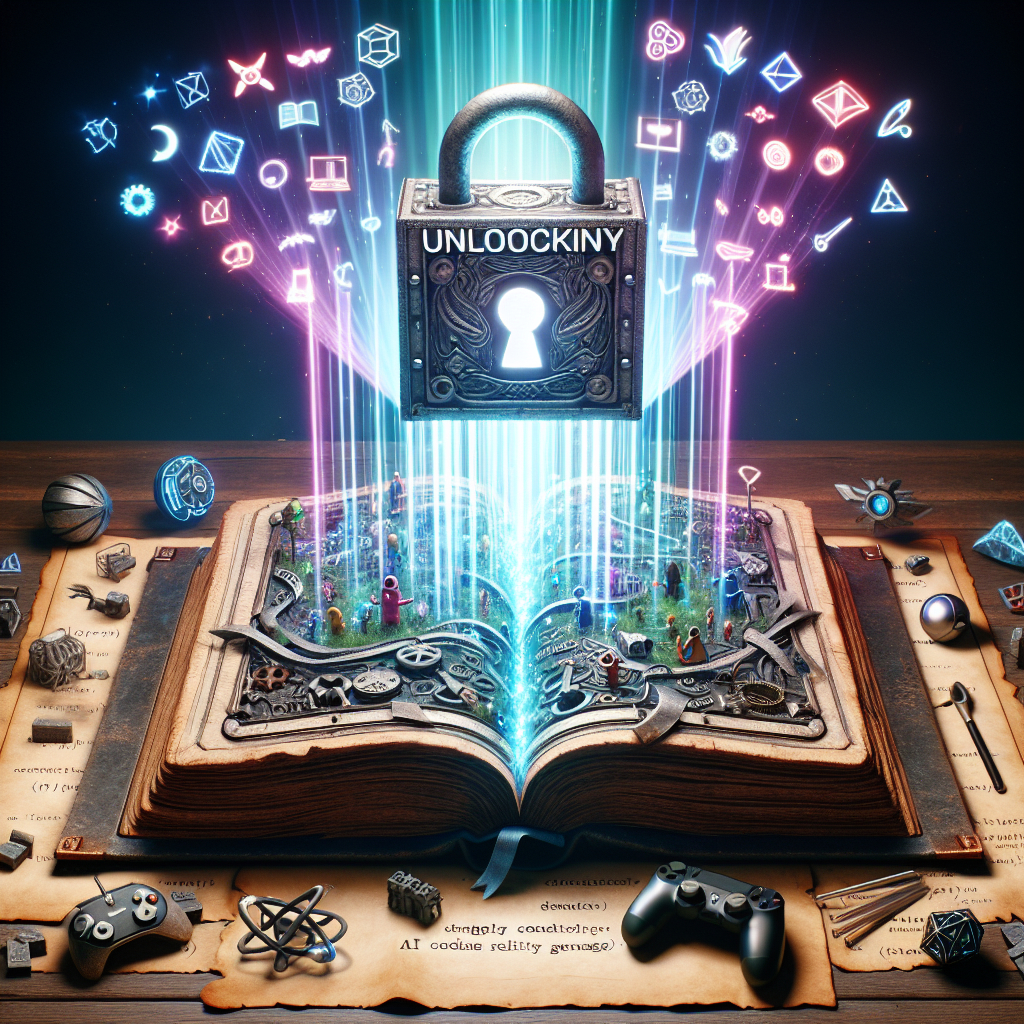Unlocking Unity: Comprehensive Tutorials for Next-Level Game Development
Unity has become an industry-standard platform for game development, empowering creators to build engaging experiences across numerous mediums, from mobile platforms to high-end consoles. However, like any powerful tool, Unity can be overwhelming, especially for beginners. To help you unlock Unity’s full potential, this article delves into an array of comprehensive tutorials that can elevate your game development skills to the next level.
The Evolution of Unity
Unity Technologies launched Unity in 2005 with a mission to democratize game development. Since then, it has undergone multiple transformations, evolving into a sophisticated engine supporting 2D and 3D game creation, augmented and virtual reality experiences, interactive simulations, and much more. With its user-friendly interface, extensive asset store, and support for multiple platforms, Unity is an attractive choice for developers of all skill levels.
Why Comprehensive Tutorials Matter
For both novice and experienced developers, tutorials serve as invaluable resources for mastering Unity. Comprehensive tutorials offer detailed guidance, breaking down complex concepts into digestible sections that align with the learning curve of the user. They can focus on a variety of topics, from basic interface navigation to advanced shader programming, allowing developers to choose their path based on their unique goals.
Here’s what you can expect from quality Unity tutorials:
-
Step-by-step Instructions: Clear, concise directions that guide users through projects and concepts.
-
Visual Aids: Screenshots, videos, and animations reinforce learning and enhance understanding.
-
Project-based Learning: Engaging in projects solidifies concepts and lets developers see their progress firsthand.
- Community Support: Tutorials often foster vibrant communities where learners can ask questions, share experiences, and provide feedback.
Types of Tutorials to Level Up Your Skills
1. Getting Started with Unity
For beginners, getting familiar with the Unity interface is crucial. Tutorials in this category introduce essential concepts such as:
- Project setup
- Navigating the Scene view and Game view
- Basic component understanding (GameObjects, Monobehaviour)
- Building a simple game from scratch
Resources like Unity Learn and YouTube channels dedicated to game development provide a wealth of introductory material.
2. Intermediate Game Mechanics
Once you’ve grasped the basics, it’s time to delve into more complex aspects of game development:
-
Scripting Basics: Learn C# programming within Unity, focusing on object-oriented programming and Unity-specific APIs, like Physics and Animation.
-
User Interface Design: Create engaging menus, HUDs, and game systems with Unity’s UGUI system.
- Game Physics: Master the use of Rigidbody and Collider components to develop realistic game interactions.
3. Advanced Features and Techniques
For seasoned developers seeking to refine their skills further, advanced tutorials cover:
-
Artificial Intelligence: Implementing pathfinding algorithms using Unity’s NavMesh system for dynamic NPC movements.
-
Shader Development: Crafting custom shaders for unique visual styles can set your game apart. Learn the basics of ShaderLab and how to create effects using Shader Graph.
- Networked Multiplayer Games: Explore the implementation of real-time networking solutions using Unity and tools like Photon or the Unity Networking HLAPI.
4. Platform-Specific Development
With Unity’s multi-platform capabilities, tutorials covering platform-specific optimization and deployment are crucial. Topics include:
-
Mobile game optimization for iOS and Android, focusing on performance tuning and input handling.
- VR and AR development techniques that leverage Unity’s XR Toolkit for immersive experiences.
5. Polishing Your Game
The final touch involves polishing your game. Comprehensive tutorials in this area help you consider aspects like:
- Level design principles
- Asset management and optimization
- Testing and debugging techniques
- Marketing your game post-launch
Building a Learning Path
To structure your learning effectively, consider the following steps:
-
Set Clear Goals: Define what type of game you want to create and which skills you need to develop.
-
Utilize Multiple Resources: Don’t restrict yourself to one format; explore written tutorials, video courses, and interactive online workshops.
-
Practice Regularly: Game development is an iterative process. Build projects alongside tutorials to reinforce your learning.
- Engage with the Community: Join forums, social media groups, and local game dev meetups to share progress, seek advice, and find collaborative opportunities.
Conclusion
Unlocking Unity is a journey that requires dedication, creativity, and a willingness to learn. By leveraging comprehensive tutorials and taking advantage of the wealth of resources available, you can elevate your game development skills and bring your unique visions to life. The key is to stay curious, keep practicing, and embrace the ever-evolving gaming landscape. Happy developing!




